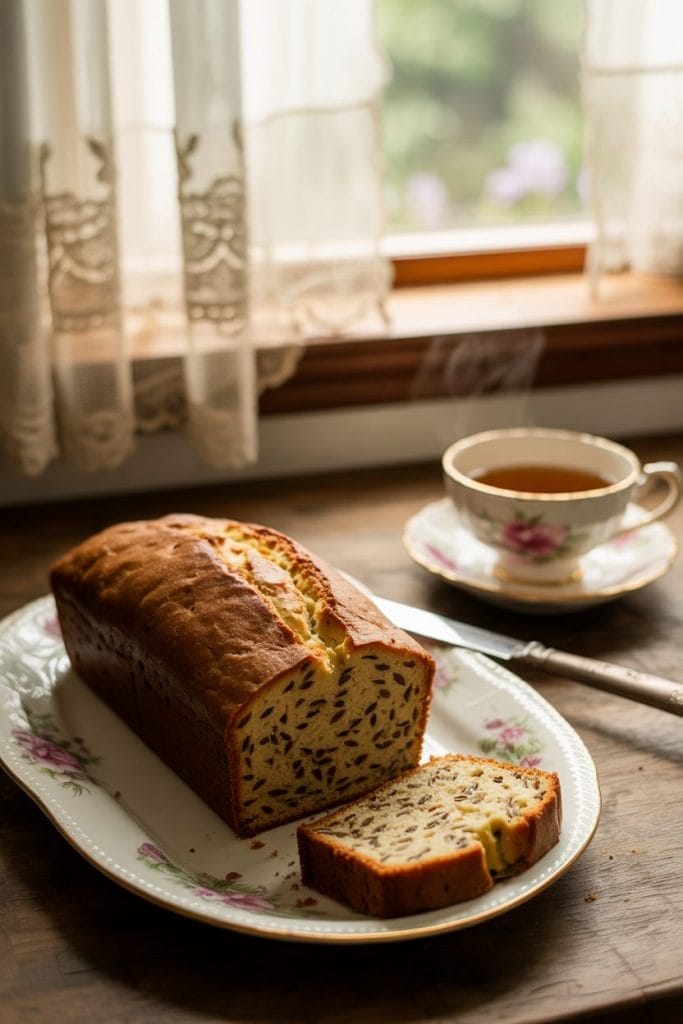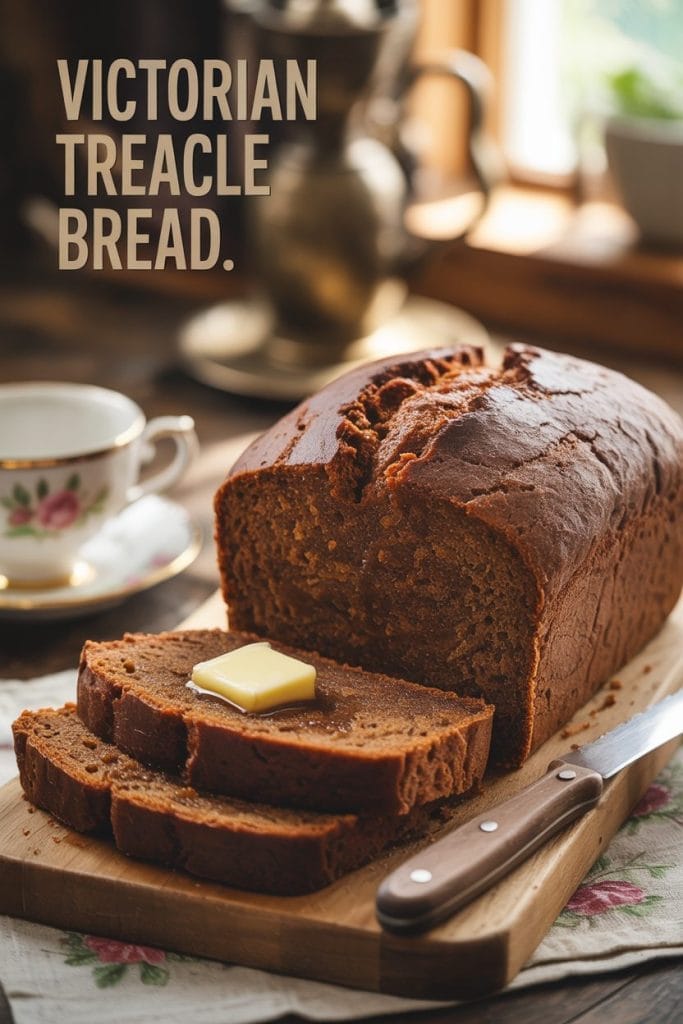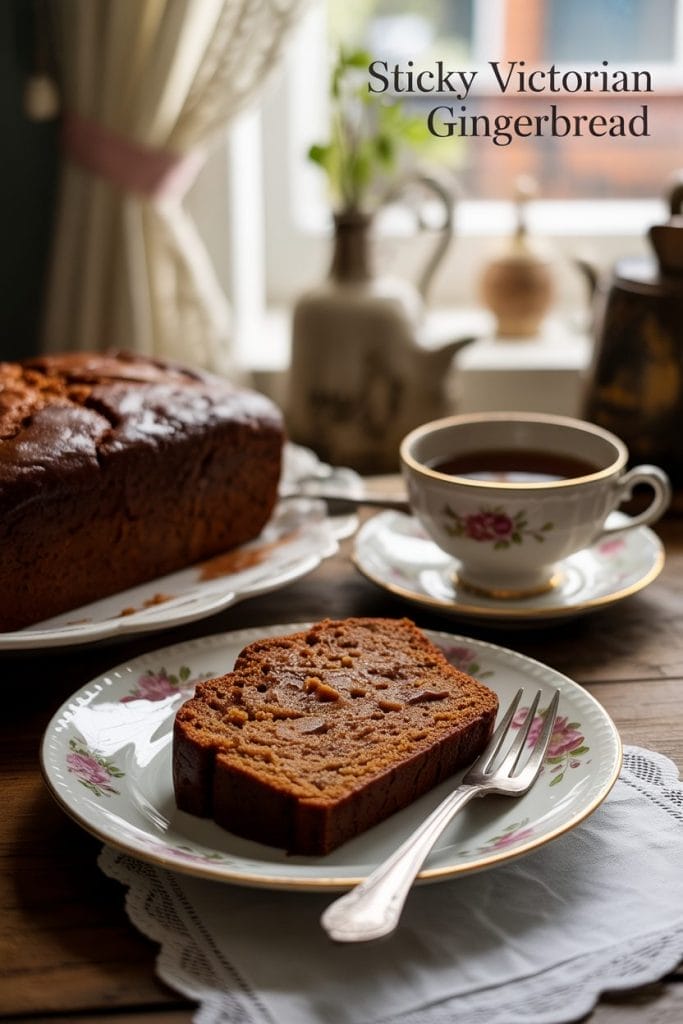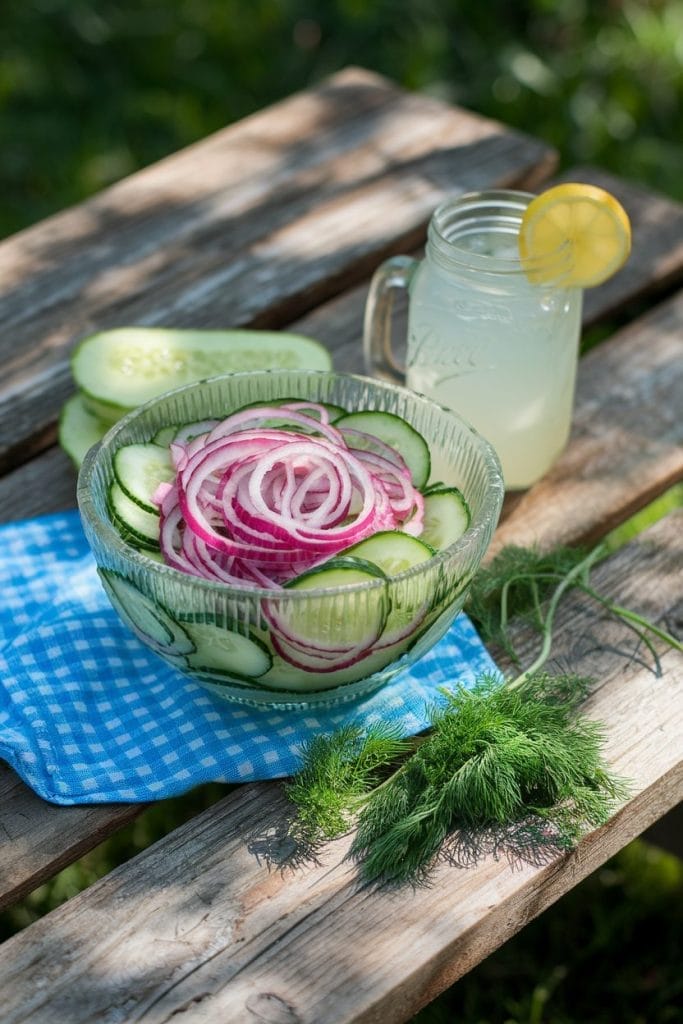I Made These FREE Vintage Recipe Tools JUST For You
This recipe was created with help from AI tools and carefully reviewed by a human. For more on how we use AI on this site, check out our Editorial Policy. Classic Fork earns a small commission from Amazon and other affiliate links at no extra cost to you, helping us keep our content free and honest.
These 5 Raw Vegan Recipes Taste Like Summer in the 1920s
Time Period:
Meal Type:
Step into any sunny afternoon from the 1920s, and you’d probably find someone slicing fresh fruit or cooling off with a crisp garden salad. Ovens stayed off. Windows stayed open. And recipes were all about working with what you had—fresh, simple, no fuss.
That’s the charm behind these five raw vegan recipes. They aren’t just trendy. They echo the smart, seasonal cooking of the past.
No fancy tools. No stovetop. Just a few honest ingredients that taste like summer—served the way your great-grandma might’ve done it.
And guess what? Every bite feels like a bite of history.

What Would You Cook in Wartime?
Step back in time and discover what you could make with limited wartime rations
Raw Vegan Banana Cream Pie
This pie feels like something your great-grandma would’ve served on a lace doily under a shady tree.
Bananas became a household staple by the 1920s in America thanks to improved shipping routes. They were exotic but accessible, and housewives found clever ways to use them without wasting a thing.
Cream pies were all the rage, often made with canned milk or eggs—but during summer heat, a chilled pie without baking was a smart workaround.
While the “raw vegan” label didn’t exist back then, many Depression-era home cooks used naturally raw ingredients out of necessity. Fresh bananas, hand-crushed nuts, and dates often found their way into pie tins when ovens were too hot to use.

Raw Vegan Zucchini Noodles
Zucchini was a garden favorite in both American and European kitchens by the 1920s.
Especially in Italian immigrant households, summer meant fresh zucchini every week. Back then, vegetable noodles weren’t trendy—they were just practical. You had a glut of squash, and you used it in everything.
Thinly sliced or shredded zucchini was mixed with tomatoes, herbs, or a splash of vinegar to make it sing.
Raw versions popped up often on farmhouse tables in the hotter months. People avoided cooking mid-day, and fresh zucchini dressed with oil, salt, and pepper made a cooling lunch.

Crisp Raw Vegan Broccoli Salad
Broccoli wasn’t common in American kitchens until the 1920s, when Italian farmers introduced it to East Coast markets.
At first, it was seen as strange and bitter. But with enough salt, vinegar, and oil, families began adding it raw to their cold salads, especially during summer picnics. Boiling was saved for cooler days. Raw broccoli became a crunchy base to stretch out ingredients—something vital during frugal times.
Simple dressings made from pantry staples—mustard, vinegar, and sweet onions—were often mixed in to tone down the bitterness and add flavor.

Raw Vegan Cucumber Salad
This one’s as old as hot summers and front porches.
Cucumber salads have been around for centuries, but in 1920s America, they became a favorite side during garden brunches and family potlucks. People often mixed cucumbers with vinegar, dill, or cream.
Raw cucumber dishes were prized because they needed no stove time, were refreshing, and helped stretch meals.
This kind of salad was especially common in Eastern European immigrant homes—Ukrainian, Polish, and Jewish communities had endless versions. The vegan versions often skipped dairy, using oil and lemon instead.

No-Bake Raw Vegan Apple Pie
Apples were a staple in nearly every kitchen in the 1920s.
When summer rolled in, baking took a backseat, and housewives used thin apple slices raw in crusts made from crushed oats or graham crackers. Many frugal homemakers preferred no-bake pies to avoid heating up the house.
Plus, if your oven was busted or you lived in a tenement, no-bake was your only option.
Raw versions weren’t called “vegan” back then, but they were dairy-free, egg-free, and still delicious. Sugar was often skipped in favor of raisins or dates, making it surprisingly close to modern raw desserts.

Maggie Hartwell
Hi there, I’m Maggie Hartwell, but you can call me Maggie—the apron-clad foodie behind Classic Fork! I created Classic Fork because I’m convinced food has a way of telling stories that words can’t. So, grab a fork and dig in. The past never tasted so good!






